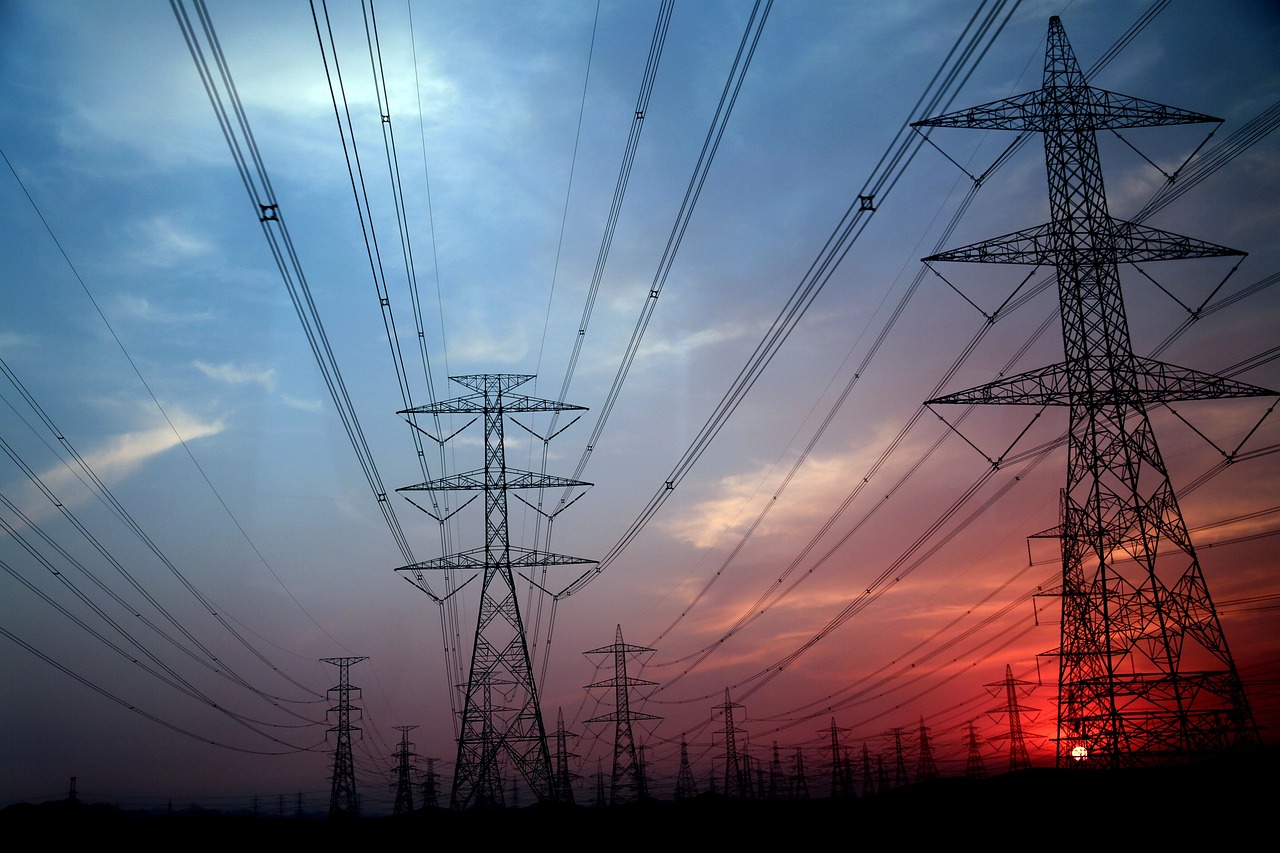In an era of rapid technological advancements and growing environmental concerns, the energy sector is undergoing a transformational shift. One of the most promising developments in this domain is the implementation of smart grid in India. Nowhere is this transformation more apparent than in India, a nation striving to meet its growing energy demands while minimizing its carbon footprint. In this blog, we delve into the concept of smart grids, explore their impact on India’s energy landscape, highlight completed projects of smart grid in India, and shed light on the key features propelling their adoption.

Table of Contents
ToggleUnderstanding Smart Grid in India
A smart grid is not just a technological upgrade; it’s a fundamental shift in the way we manage, distribute, and consume electricity. At its core, a smart grid integrates advanced communication and monitoring technologies into the traditional electricity grid, enabling a two-way flow of information and energy. This intelligent infrastructure empowers utilities, consumers, and grid operators to make real-time decisions that optimize efficiency, reliability, and sustainability.
Key Features of Smart Grid in India
Smart grids encompass a range of cutting-edge technologies and features that collectively revolutionize energy management. Some of the pivotal features driving the adoption of smart grids in India include:
- Advanced Metering Infrastructure (AMI): Real-time data collection for accurate billing and demand-side management.
- Outage Management System (OMS): Swift detection and restoration of power outages for improved reliability.
- Peak Load Management (PLM): Efficient energy distribution to prevent grid overload during peak demand.
- Home Automation Solution (HAS): Remote control of appliances to optimize energy consumption.
- Distributed Generation (DG): Localized power generation for reduced transmission losses.
- Micro Grid (MG): Local energy systems for remote areas or additional grid resilience.
- Renewable Energy (RE): Integration of solar and wind energy for a cleaner energy mix.
- Device Level Message Specification (DLMS): Standardized communication for efficient data exchange.
- Demand Response (DR): Balancing supply and demand by incentivizing reduced consumption.
- Distribution Transformer Management Unit (DTMU): Real-time monitoring for predictive maintenance.
- Substation Automation System (SAS): Automated control and monitoring of substations for improved efficiency.
Completed Projects of Smart Grid in India
Several pioneering smart grid projects have been successfully completed across India, showcasing the potential of this transformative technology:
- AVVNL, Ajmer: This project integrated smart meters, demand response mechanisms, and distribution automation in Ajmer, Rajasthan.
- APDCL, Assam: Assam Power Distribution Company Limited implemented a smart grid pilot project to enhance distribution network efficiency.
- CESC, Mysore: The Chamundeshwari Electricity Supply Corporation in Mysore, Karnataka, focused on enhancing power distribution and management using smart grid technologies.
- HPSEB, Himachal Pradesh: Himachal Pradesh State Electricity Board executed a smart grid pilot to integrate renewables and enhance grid stability.
- PED, Puducherry: Puducherry Electricity Department’s pilot project explored demand-side management and renewable energy integration.
These projects have not only demonstrated the feasibility of smart grids in India but also showcased their potential to drive efficiency, reduce losses, and pave the way for a more sustainable energy future.
See complete presentation on our YouTube Channel “AutomationMinds”
Conclusion
The evolution of the Indian energy sector into a smarter, more efficient grid system is not just a luxury but a necessity. Smart grids, with their advanced features and successful project implementations, align with India’s sustainability goals, improve energy security, and enhance the quality of life for its citizens. As the nation continues to progress, the integration of smart grids will play a pivotal role in shaping a cleaner, more resilient energy future for India.
In essence, the emergence of smart grid in India, driven by transformative features and completed projects, marks a significant stride towards a greener and more connected energy landscape, where innovation meets sustainability for the benefit of generations to come.
Reference:
Read More about “Digital Twins”

